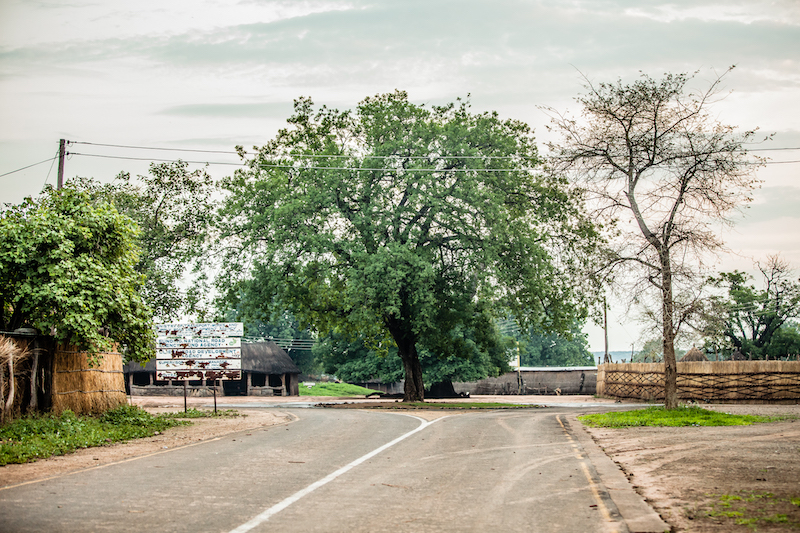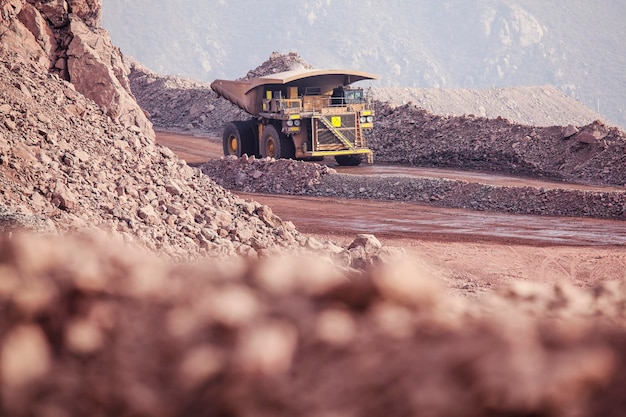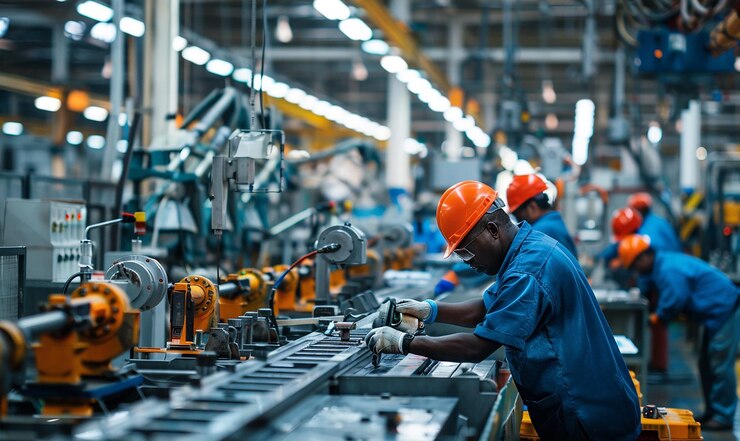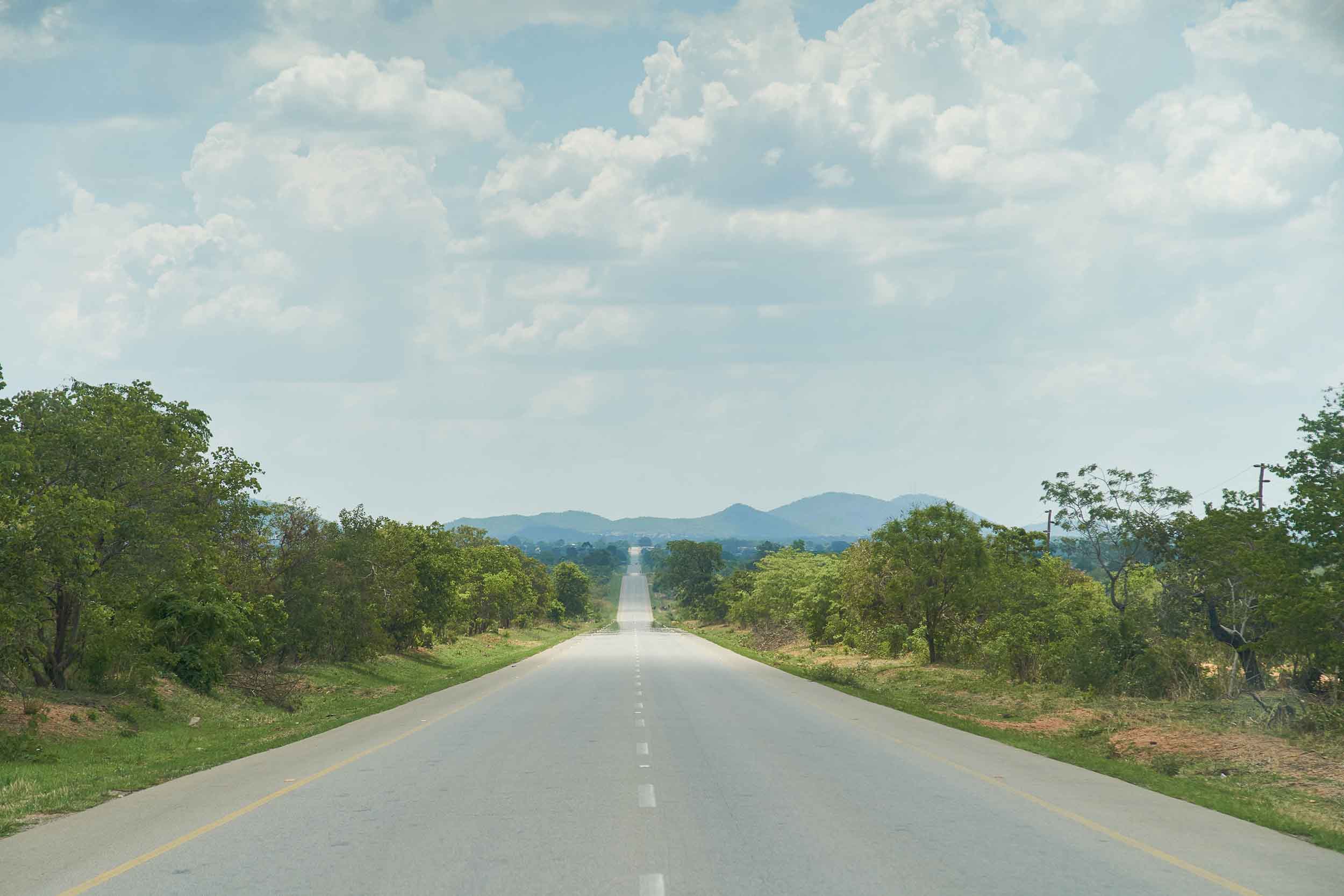There has been a remarkable amount of mass infrastructure development taking place in Zambia within the last decade and a half. It is estimated that the Link Zambia 8000 road infrastructure project will cost about US$31.42 billion. The development and upgrading of transportation infrastructure through Link Zambia 8000, Pave Zambia 2000 and the L-400 projects have increased local participation in economic activities. The emphasis has been on efficient mobility, enabling the prosperity of Zambia’s cities and towns and opening up other parts of the country to allow markets to grow.

Over recent years, the Zambian government has begun to invest significant sums in road infrastructure through projects such as the L400 initiative in Lusaka and the Ndola road improvement project. As welcome as this project has been, there have been challenges and shortcomings. Many different government departments and quasi-governmental institutions are involved in ensuring that the sector grows and is able to meet certain bench marks and criteria.
In Zambia we have the NRFA (National Road Fund Agency), RDA (Road Development Agency) and the Ministry of Works and Supply, the Ministry of Transport and Communications and the Ministry of National Development and Planning, among others. All must work in unison to ensure the growth, maintenance and expansion of the road network.
It has been the vision of successive governments to ensure that Zambia has adequate road infrastructure to reach its intended goal of becoming a Middle Income Country by 2030. This took off notably towards the tail end of former President Rupiah Banda’s tenure, further expanding under President Michael Sata and continuing through the presidency of his successor Edgar Lungu.
The purpose of the project is to enhance connectivity in Lusaka and beyond. Another ongoing project is linking Zambia and Botswana via Kazungula. This will reduce the time of border crossings thereby cutting costs for transporters. The bridge provides a strategic link on the North-South Corridor, which, once completed, will enhance trade (although certain constraints on the Zambian side have delayed completion).
Zambia is landlocked and has eight neighbours. In the past, this was seen as a disadvantage, but the mindset is changing. Zambia is seen as strategically located and “land-linked”. Link Zambia 8000 will operate like a river basin with tributaries and will enhance trade and reduce transaction costs. Nearly every industry can benefit from road development, especially agriculture and mining. These sectors drive the economy and are dependent on the efficiency of the transport system. Also, the project aims to improve the living standards of people in rural areas by increasing access to a range of amenities.
Government has faced challenges in pursuing its ambitious vision for Zambia’s road networks. Speaking in 2019, Housing and Infrastructure Minister Vincent Mwale was reported as saying, ‘Our roads are expensive and we must work to bring the cost down.’ He implored contractors to help reduce the escalating costs and delays on some planned projects. The Housing and Infrastructure Ministry is exploring ways of developing standardised models and costings for constructing public infrastructure.
Economist Oliver Saasa has been critical of the management of Zambia’s road development projects. He stated that often tenders are based on floating bids without prior designs, thus resulting in bidders determining the final costs. This has caused somewhat higher than normal costs as seen when our costs are compared to some other countries in the region. A case in point is the dual carriage way between Ndola and Lusaka which is slated at an expected $1.2 to $1.3 billion meaning that for 321 kilometre of road, Zambia on average would be paying $3.8 million per kilometre. When one looks at South Africa, Namibia and Botswana the average for road cost in the region is roughly $320,000 per kilometre.
It is worth asking whether road construction should be such a high priority in Zambia at the moment. Some would argue that there are more pressing economic and social issues that government should prioritise. Despite low car ownership, Lusaka in particular experiences severe traffic congestion, making it difficult for residents to access economic and educational opportunities. The majority of trips in Lusaka are made on foot, followed by public transport, and with only around ten percent of trips made by car. Unfortunately, as is common in cities around the world, the priorities on the street do not always serve the needs of the majority. One of the most important projects over the coming years in Zambia will be the Lusaka Decongestion Project. Any visitor to Lusaka will see this happening before their very own eyes.
The legacy of the ‘great Zambian road project’ is yet to be determined. Zambians will be watching to see whether the new roads will stand the test of time and contribute positively to the economy and whether the Lusaka Decongestion Project will indeed help ease the unrelenting traffic of the capital city.








